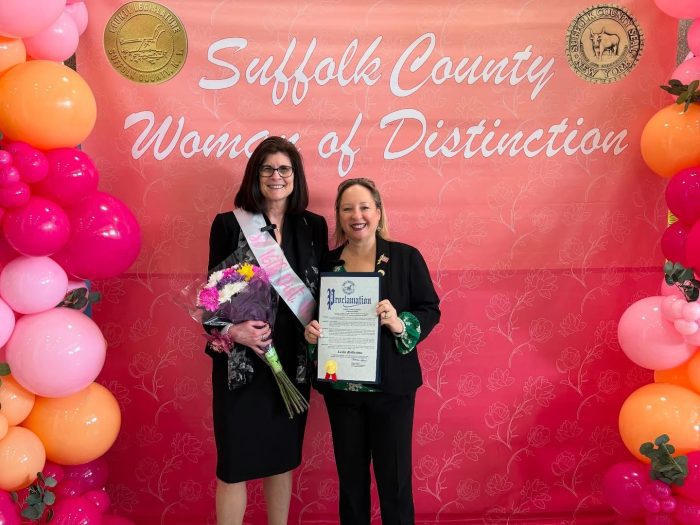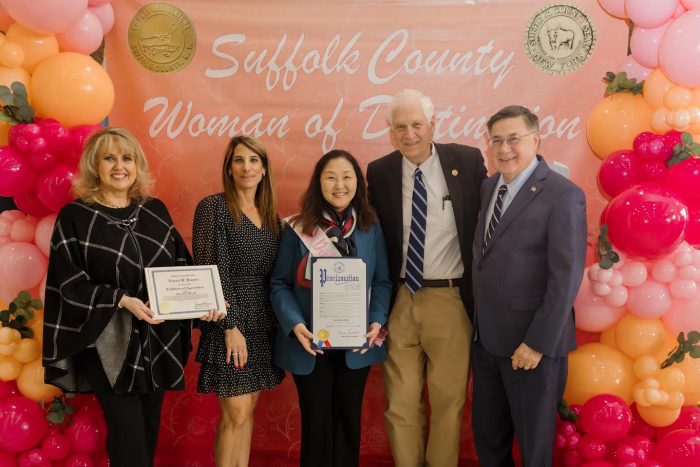Note to listeners, this episode contains graphic depictions of events on September 11th, 2001, and one offensive word.
By Heidi Sutton
Beginning in May, Long Islanders will have even more options to fly the friendly skies.
Avelo Airlines announced on March 11 that the Houston-based airline will begin offering non-stop flights from Islip’s MacArthur Airport in Ronkonkoma to Charlotte, North Carolina (Concord-Padgett Regional Airport) beginning May 22; and to Wilmington, North Carolina (Coastal Carolina Wilmington International Airport) beginning June 12 with twice weekly service on Thursdays and Sundays.
The airline also announced that it will offer non-stop flights from MacArthur Airport to Lakeland Linder International Airport in Lakeland, Florida starting June 12 also with twice weekly service on Thursdays and Sundays.
One-way introductory fares start at $59*, according to the press release. Avelo will operate these routes utilizing Boeing Next-Generation 737 aircrafts. Travelers can book at AveloAir.com.
“We are so excited to welcome Avelo Airlines and value their focus on serving smaller, more convenient airports like Islip’s Long Island MacArthur Airport,” said Town of Islip Supervisor Angie Carpenter in a statement. “Avelo will fly from hassle-free ISP to other easy airport alternatives in Charlotte, Central Florida, and Wilmington, NC. Long Island residents love the convenience of their hometown airport and now they will enjoy a similar customer experience traveling on Avelo to popular destinations while skipping large airports,” she said.
Avelo Airlines Founder and CEO Andrew Levy said, “We’re excited to bring our reliable, convenient, and affordable service to New York and Long Island. Traveling to Central Florida, Charlotte and Wilmington will never be easier, convenient or more affordable. We also look forward to welcoming travelers from these three popular destinations to the New York-Long Island region. We are very proud of the presence Avelo has established in the Northeast and we are very excited about the addition of ISP to this important region.”
“We’ve been working hard for several years to bring Avelo to Long Island MacArthur Airport as we felt we met their key criteria of providing a smoother, easier, and more enjoyable air travel experience without the crowds, congestion and long waits at larger airports,” said Long Island MacArthur Airport Commissioner Shelley LaRose-Arken.
Since taking flight in April 2021, Avelo has flown more than 6.3 million Customers on over 50,000 flights. Today Avelo serves 56 cities spanning 23 states and Puerto Rico, as well as four international destinations: Bahamas, Jamaica, Mexico and the Dominican Republic.
With a motto to Inspire Travel by saving travelers time and money, “Avelo has unlocked a new era of convenience, choice, and competition by flying unserved routes to primarily underserved communities across the country. Most Avelo routes have at least one small, easy to use airport. This makes traveling with Avelo a smoother, easier and more enjoyable experience than contending with the crowds, congestion and long walks at larger airports,” read the release.
In 2024, Avelo ranked #1 in on-time performance and achieved the lowest flight cancellation rate in the U.S. airline industry. The airline offers an abundance of advanced seating options. One third of its aircraft seats (Avelo Premium and Premium Economy) offer extra leg room — ranging from 32 inches to more than 36 inches of pitch.
“Customers can also purchase window and aisle seats in advance of their flight. In addition to advance seat assignments, Avelo offers several unbundled travel-enhancing options that give customers the flexibility to pay only for what they value, including priority boarding, checked bags, carry-on overhead bags, and bringing a pet in the cabin. Additionally, families can travel with ease knowing every child 14 and under will be automatically seated with an accompanying adult at no additional cost,” read the release.
In 2024, Long Island MacArthur Airport, which is already home to Southwest, JetBlue, Breeze Airways and Frontier Airlines, enjoyed significant growth. Through July 2025, ISP seats are scheduled to grow 14% versus 2024, indicating how carriers are investing in ISP and its customers.
“The year 2025 is shaping up to be even better,” said Deputy Airport Commissioner Rob Schneider. “Our terminal, airfield, and team provide a faster and friendlier experience than NYC airports, and we look forward to continuing our work in the year ahead as we extend a warm “Hello!” to Avelo and their customers.”


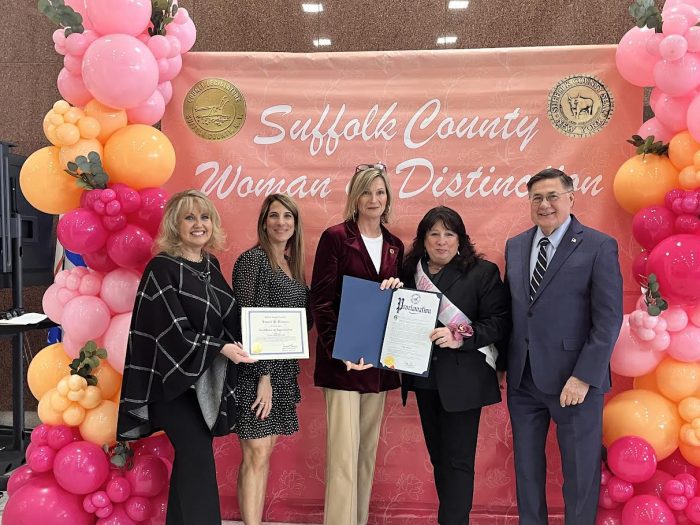

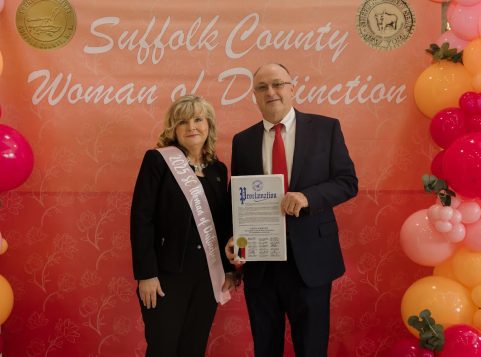
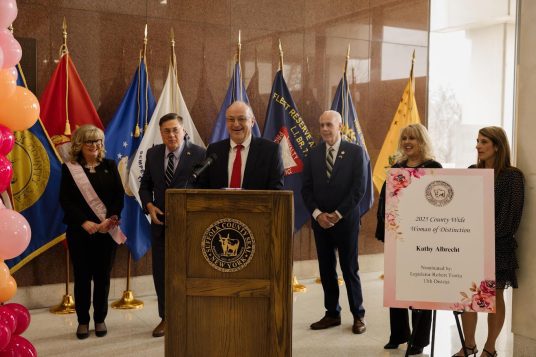
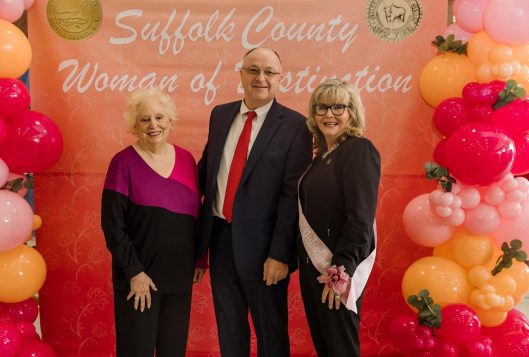
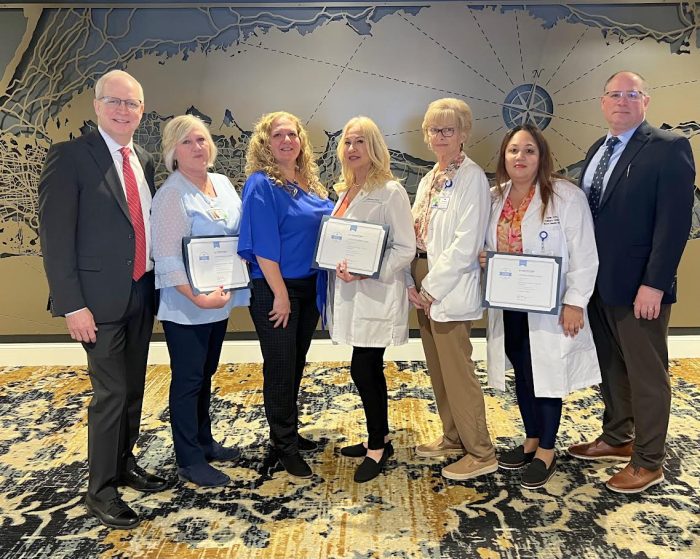


 Residential Projects Now Available for Online Permit Applications:
Residential Projects Now Available for Online Permit Applications: